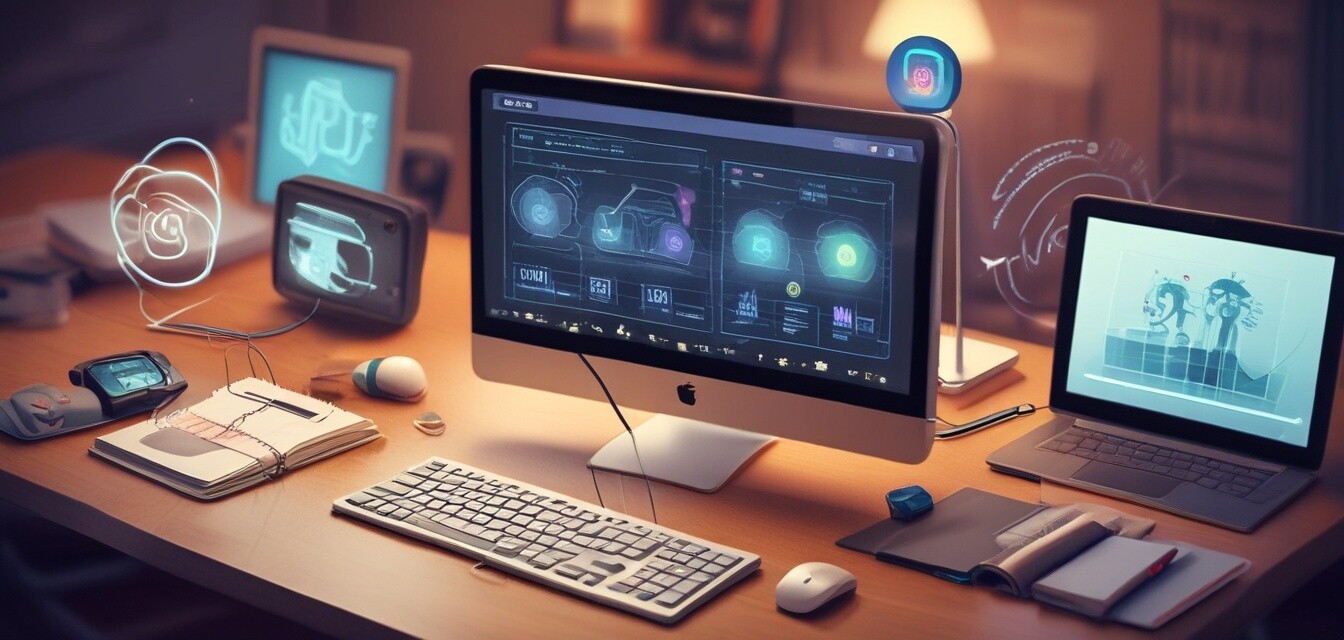
The Impact of Remote Learning on Data Usage
Key Takeaways
- The shift to remote learning has significantly increased data usage, affecting broadband service demands.
- Video streaming, online assessments, and interactive tools contribute heavily to data consumption.
- Understanding these patterns can assist consumers in selecting the right internet plan.
- ISPs are adapting to growing consumer needs by providing enhanced service options.
- Future trends indicate a continuous rise in data usage as remote learning solidifies its place in education.
The shift towards remote learning has transformed educational frameworks and, consequently, how we consume data. Many households are now relying heavily on internet connectivity to facilitate virtual classrooms and online study resources. This change has led to significant impacts on data usage patterns, which we will analyze in this article, giving you insights to help optimize your internet service choices.
Understanding data usage in remote learning
As more students attend classes online, the demand for data has skyrocketed. This phenomenon can be attributed to several key factors:
- Video Conferencing: Platforms such as Zoom and Google Meet have become essential for live classroom interaction.
- Online Resources: Accessing educational materials, tutorials, and assignments requires substantial data.
- Collaborative Tools: Applications like Google Docs and Slack are now commonplace for group projects and discussions.
How remote learning affects internet speed
The increased reliance on data-intensive applications can strain traditional internet plans. Here’s how remote learning impacts your internet speed:
| Activity | Average Data Consumption | Required Speed for Optimal Performance |
|---|---|---|
| Video Conferencing | 1-3 GB/hour | 1.5-3 Mbps |
| Streaming Video Lectures | 0.7-3 GB/hour | 3-5 Mbps |
| Downloading Materials | Depends on file size (e.g., PDF ~1-5 MB) | Depends on the size of the file |
| Online Assessments | Minimal, typically <50 MB | 1 Mbps |
Changing data usage patterns
With the massive shift to online education, the data usage trends are evolving. Here are some observable patterns:
- Increased Peak Hours: Usage spikes during normal school hours (8 AM to 3 PM).
- Increased Data Plans: Families are gravitating towards unlimited data plans to support their internet needs.
- Bandwidth Requirements: More households require higher bandwidth to accommodate multiple concurrent users and devices.
The response from internet service providers (ISPs)
As remote learning persists, ISPs are making adjustments to meet the rising demand for speed and stability. Here's how they've adapted:
- Enhanced Bandwidth: Many ISPs offer plans with higher bandwidth to support the needs of customers.
- Promotions and Discounts: Providers are rolling out special packages aimed at students and families to help offset costs.
- Quality Assurance: Providers now prioritize network reliability and speed, particularly during peak hours.
Choosing the right plan for your needs
With working-class families adapting to remote learning, selecting the right internet plan has never been more critical. Here are key considerations:
- Understand Your Data Needs: Assess how much data you use for video conferencing, streaming, and downloads.
- Check Available Plans: Compare options on our data plans and pricing page to find something that fits your household needs.
- Future-Proofing: Consider a plan that provides flexibility for growth as your family’s needs may change.
- Read Reviews: Check the ISP reviews and comparisons for insights on reliability and service quality.
Future trends in data usage
The future of remote learning is poised to continue evolving, and this directly correlates with data usage. Some trends to look out for include:
- Hybrid Learning Models: A blend of online and in-person learning that may influence peak usage times.
- 5G Expansion: The rollout of 5G technology will offer faster speeds and lower latency, enhancing remote learning experiences.
- Emerging Technologies: Augmented reality (AR) and virtual reality (VR) could lead to heavier data usage rates as educational tools.
Pros
- Enhanced flexibility for students to learn at their own pace.
- Access to a broader range of resources and materials.
- Reduced commute time for families.
Cons
- Increased data costs can be a burden for families.
- Potential for connectivity issues affecting learning experiences.
- Dependence on technology can be challenging for some students.
Conclusion
The impact of remote learning on data usage is significant and extends beyond individual experiences. By understanding current consumption patterns, families can make informed decisions about their internet service needs. As this trend continues to evolve, staying aware of future developments in the broadband landscape can help you maximize performance and save on costs.
For deeper insights into internet technologies, visit our news and trends section to stay updated on the latest developments.
